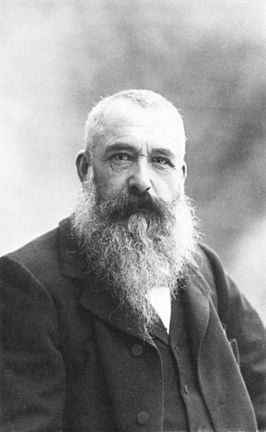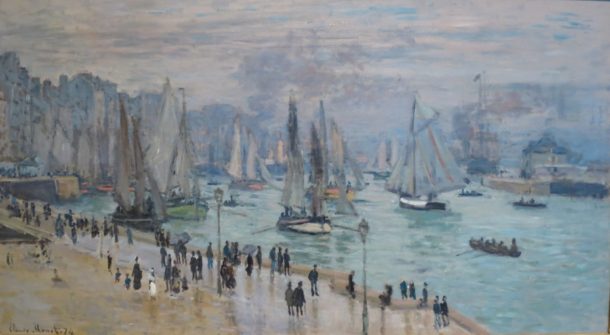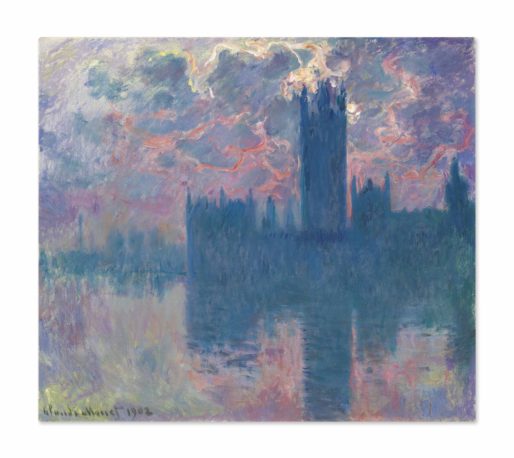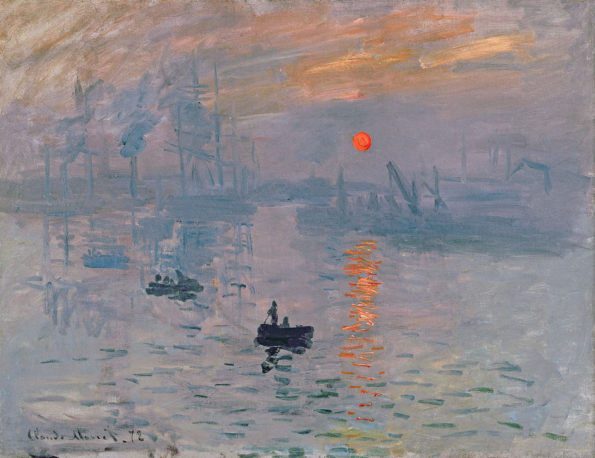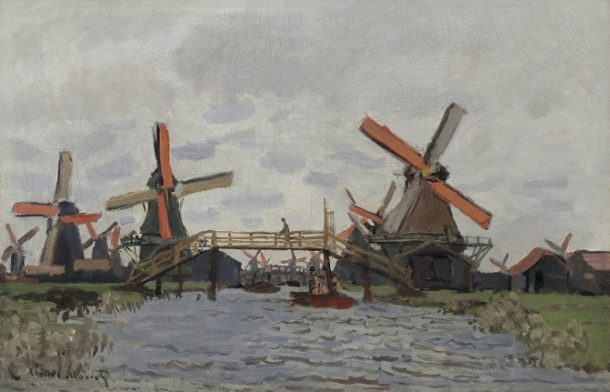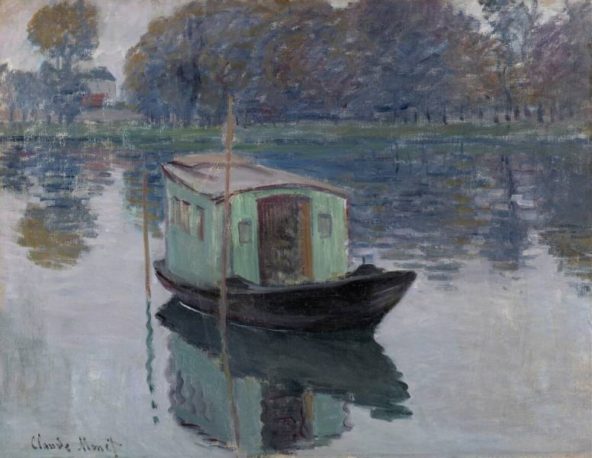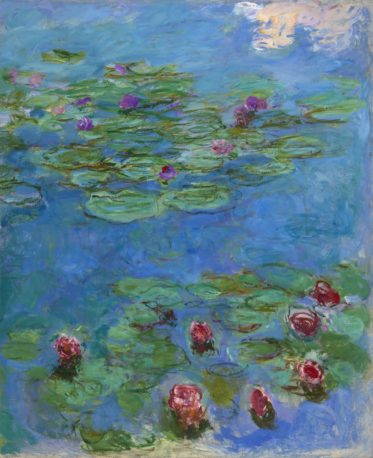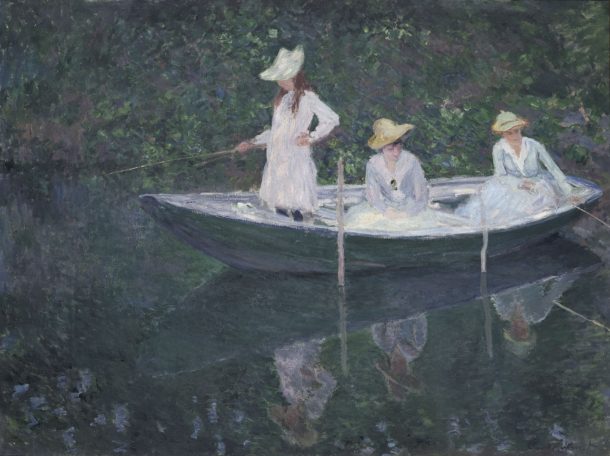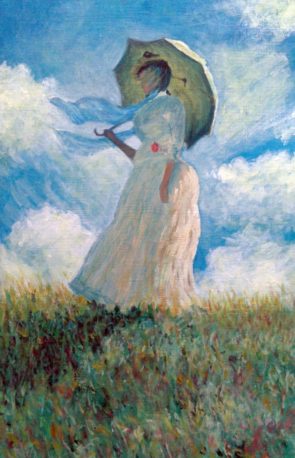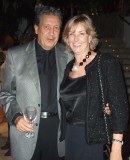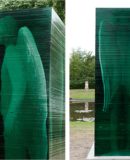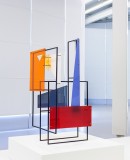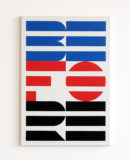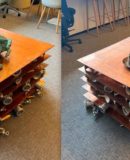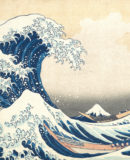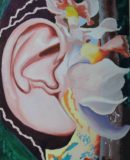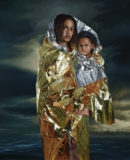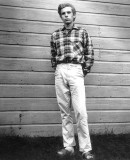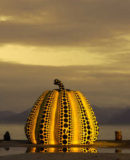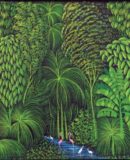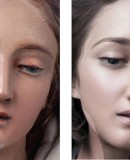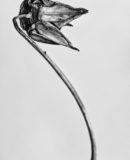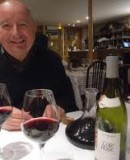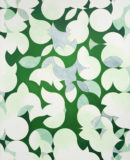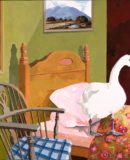World Fine Art Professionals and their Key-Pieces, 274 - Claude Monet
World Fine Art Professionals and their Key-Pieces, 274 – Claude Monet
Impressionist painting began with Claude Monet. Impressionism focused on the perception of the moment (‘impression’) and paid special attention to lighting effects and color. Themes from ‘modern life’ were chosen, which were sketchy elaborated. Usually painting was done in the open air.
The work of Monet and other like-minded artists was rejected by the conservative Académie des Beaux-Arts, which held its annual exhibition at the Salon de Paris. In the second half of 1873, Monet, Pierre-Auguste Renoir, Camille Pissarro and Alfred Sisley organized the Société anonyme des artistes peintres, sculpteurs et graveurs to exhibit their works of art.
Breakthrough
The first Impressionist exhibition was held in 1874 on Boulevard des Capucines in Paris in the former studio of the photographer Nadar. The exhibition lasted one month: from April 15 to May 15. The primary goal of the participants was not so much to promote a new style, but to free themselves from the limitations of the Salon de Paris. The exhibition, open to anyone willing to pay 60 francs, gave artists the opportunity to show their work without the intervention of a jury.
Many people came to it, but in the end little was sold. But the breakthrough soon came. Eight major Impressionist exhibitions were held from 1874 to 1886. The new movement was gradually accepted and finally finally recognized. The role of a number of progressive art dealers was important, with Paul Durand-Ruel as the main exponent. They found a market among the new rich. The works fitted perfectly in their new Parisian mansions.
Le Havre
How did it all start with Monet? He was born on November 14, 1840 on the fifth floor of 45 rue Laffitte, in the 9th arrondissement of Paris. He was the second son of Claude Adolphe Monet and Louise Justine Aubrée Monet, both Parisians. On May 20, 1841, he was baptized in the local parish church, Notre-Dame-de-Lorette, as Oscar-Claude, but his parents called him Oscar.
In 1845, his family moved to Le Havre in Normandy. His father wanted him to join the family’s shipping and grocery store, but Monet wanted to become an artist. His mother was a singer and supported Monet’s desire for a career in art. On April 1, 1851, Monet entered Le Havre high school. The locals knew him well through his charcoal caricatures, which he sold for ten to twenty francs. Monet took his first drawing lessons from Jacques-François Ochard, a former student of Jacques-Louis David. On the beach of Normandy around 1856, he met the artist Eugène Boudin, who became his mentor and taught him how to use oil paint. Boudin taught Monet ‘en plein air’ techniques for painting in the open air. Both were influenced by the Dutchman Johan Barthold Jongkind.
Algeria
His mother died on January 28, 1857. He left school at the age of sixteen and went to live with his childless aunt, Marie-Jeanne Lecadre. When Monet traveled to Paris to visit the Louvre, he saw painters copying the works of the old masters. That inspired Monet, but instead of copying, he sat by a window and painted what he saw. After a while, he met other young painters in Paris, including Édouard Manet and others who would become friends and later fellow Impressionists.
He had to go into military service. In March 1861, he was assigned to the first African Light Cavalry (Chasseurs d’Afrique) regiment in Algeria for a period of seven years. His affluent father could have bought off Monet’s conscription exemption, but refused to do so because his son refused to give up painting. In Algeria, Monet did not make a lot of work: some sketches of casbah scenes, a single landscape and several portraits of officers, all of which have been lost. However, in an interview with Le Temps from 1900, he noted that the light and vibrant colors of North Africa “contain the seeds of my future research”. After about a year of garrison duty in Algiers, Monet suffered from typhus. After he was healed, his aunt made an effort to remove him from the army. That was allowed if he agreed to attend an art academy. Of course! The Dutch painter Johan Barthold Jongkind, who knew Monet, seems to have played a key role in this.
Effects of light
Disillusioned with the traditional art taught at art schools, Monet became a student of Charles Gleyre in Paris in 1862, where he met Pierre-Auguste Renoir, Frédéric Bazille and Alfred Sisley. Together they shared new approaches to art. They painted the effects of light ‘en plein air’ in broken colors with fast brush strokes. A little later this would become known as Impressionism.
In January 1865, Monet worked on a version of Le déjeuner sur l’herbe, with the aim of presenting it in the Salon, which had refused Manet’s Le déjeuner sur l’herbe two years earlier. Monet’s painting was very large and could not be completed in time. Instead, he submitted the painting La femme à la robe verte with a certain Camille on it. The model would later become his wife. Camille became pregnant and gave birth to their first child, Jean, in 1867. Monet and Camille were married on June 28, 1870, just before the outbreak of the Franco-Prussian War, and after an excursion to London and Zaandam, they moved to Argenteuil in December 1871. During this time Monet painted several works of modern life. He and Camille lived in poverty for most of this period. After the successful exhibition of some maritime paintings and winning a silver medal in Le Havre, Monet’s paintings were confiscated by creditors, from whom they were repurchased by a shipping merchant, Gaudibert, who was also Boudin’s patron.
London and Zaandam
After the outbreak of the Franco-Prussian War (July 19, 1870), Monet and his family took refuge in England in September 1870, where he studied the works of John Constable and Joseph Mallord William Turner. Their landscape inspired him and would lead to his innovations in the use of color. In May 1871, he left London to live in Zaandam, the Netherlands, where he made twenty-five paintings. He also made a first visit to nearby Amsterdam. In November 1871, he returned to France. From December 1871 to 1878, he lived in Argenteuil, a village on the right bank of the Seine near Paris, and a popular Parisian destination for their Sunday outings. Here he painted some of his best known works. In 1873 Monet bought a small boat that became a floating studio. Monet painted landscapes and portraits of Édouard Manet and his wife. In turn, Manet painted Monet on board of the boat, accompanied by Camille, in 1874.
Giverny
After their second son was born, Monet and Camille moved to Vétheuil in 1878, where they shared a house with the banker Ernest Hoschedé. Camille died in 1879. Monet then often went to the Normandy coast to paint. Monet now lived with Alice Hoschedé and her husband Ernest. Ernest died in 1891, after which Monet and Alice got married.
In 1883, Claude Monet moved to Giverny, where he created his famous garden in the 1890s, which would be such an important source of inspiration for his later work. At the time, Claude Monet was visited in Giverny by a large number of American Impressionists who came to find inspiration from the great master. The garden in Giverny consists of two parts. The first part of the house is the flower garden. Monet used this section to experiment with color and light. The plants in this garden are interwoven like a color palette, all colors are intertwined (purple, red, orange, pink and yellow). The bold color combination makes this garden special. The second part of the garden is the water garden. This garden is known for its water lilies (Nymphaea) and the bridge with the wisteria. Around the pond are trees and shrubs that reflect in the water. This gives a nice picture that was often captured.
Water lilies
In 1899 he begins his cycle of water lilies, including the eight large murals that he donated to the French state. His second wife Alice died in 1911, followed in 1914 by Monet’s eldest son Jean. Jean was married to Alice’s second daughter, Blanche. As a widow, Blanche took care of the aging Claude.
From 1922 his eyes started to deteriorate, he could see less well and that made painting more difficult. In 1923, after two eye surgeries, he regained his sight, which allowed him to continue painting until his death in 1926 at the age of 86.
Disclaimer: The views, opinions and positions expressed within this guest article are those of the author Walter van Teeffelen alone and do not represent those of the Marbella Marbella website. The accuracy, completeness and validity of any statements made within this article are not guaranteed. We accept no liability for any errors, omissions or representations. The copyright of this content belongs to Walter van Teeffelen and any liability with regards to infringement of intellectual property rights remains with the author.

